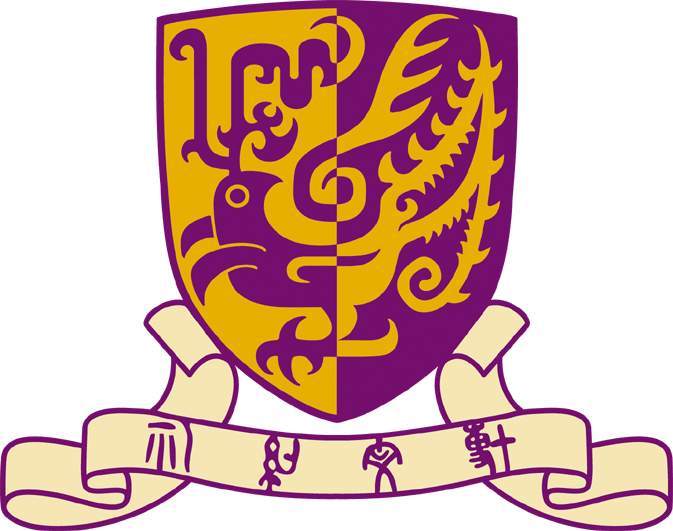Fusing Tibetan Art and Rural Urban Infrastructure: Regong Culture Industries Park (Qinghai) and the Blending of Culture and Tourism, 2013-19
Speaker: Dr. Mark STEVENSON, Department of Anthropology, The Chinese University of Hong Kong
Time: Sep 13 (Fri) 1:00-2:30 p.m.
Venue: Room 114 Humanities Building, New Asia College, CUHK
Following destruction wrought by leftist excess in China between 1958 and 1976, large-scale reconstruction of Tibetan monasteries commenced in the late 1980s and with it came a gradual revival of Tibetan Buddhist art and literature. For the Icon Makers of Repgong (Repgong lhapzo) in Qinghai, however, art would now be very different to how it had been before their monasteries had been vandalised. This new stage in their history, this revival made possible by Deng Xiaoping’s Reform and Opening Up, would before long integrate the lhapzo into the marketization of the Chinese economy and an alignment of minority nationality culture with tourism. Modern commercialisation of art in Repgong has proceeded through what I identify as three primary stages: the first stage was focused on meeting monastery and temple demand; the second stage (from circa 1991) begins as the number of large religious commissions associated with rebuilding religious infrastructure tapers off, and those trained in painting during the first phase look to new sources of income. As the second stage kicked in transmission and production were no longer monastery centred and Rebong Art was “edging away from its solidly religious context” (Linrothe 2001: 35; Stevenson 2002). The third and current stage (from circa 2013) is mind-bogglingly rapid and complex, but might be described as the branding-concreting of “Regong Yishu” (熱貢藝術 Repgong Art) as it is incorporated into online, urban, and tourism infrastructures. This paper will attempt to draw together the diverse actants driving change, focusing on state and individual investments in the new and still-in-construction “Regong Culture and Art Industries Park” (熱貢文化藝術產業園).
Dr. Mark Stevenson has been visiting Repgong (Huangnan Tibetan Autonomous Prefecture, Qinghai) for thirty years. Currently an Adjunct Associate Professor in Anthropology at CUHK, his work in Repgong began with a focus on the revival of Buddhist art and is now more broadly aimed at a history of contemporary Tibetan visuality in China. He is the author of Many Paths: Searching for Old Tibet in New China (2005), co-editor of Homoeroticism in Imperial China: A Sourcebook (2013), and co-editor of Wanton Women in Late Imperial Chinese Literature: Models, Genres, Subversions and Traditions (2017).
A light lunch will be served at 12:50 pm. First come first served. All interested are welcome!

